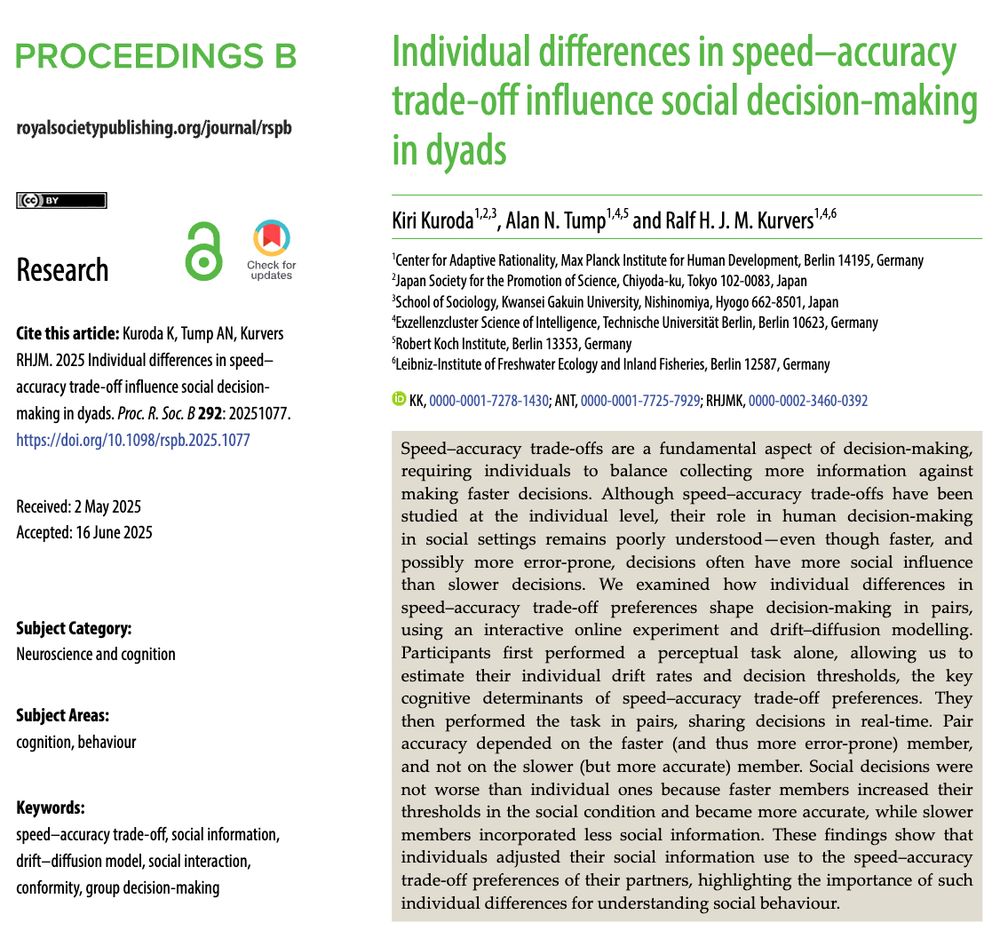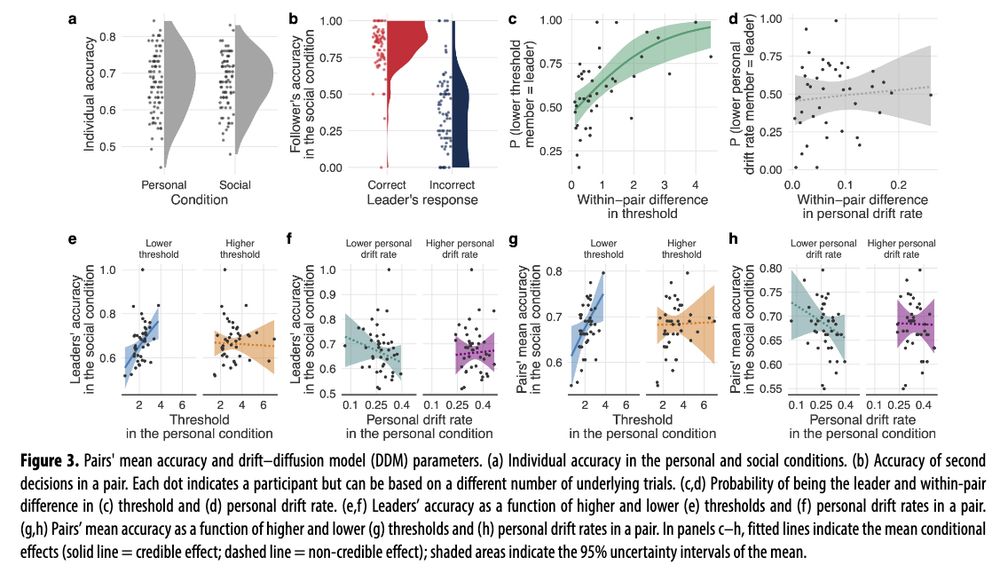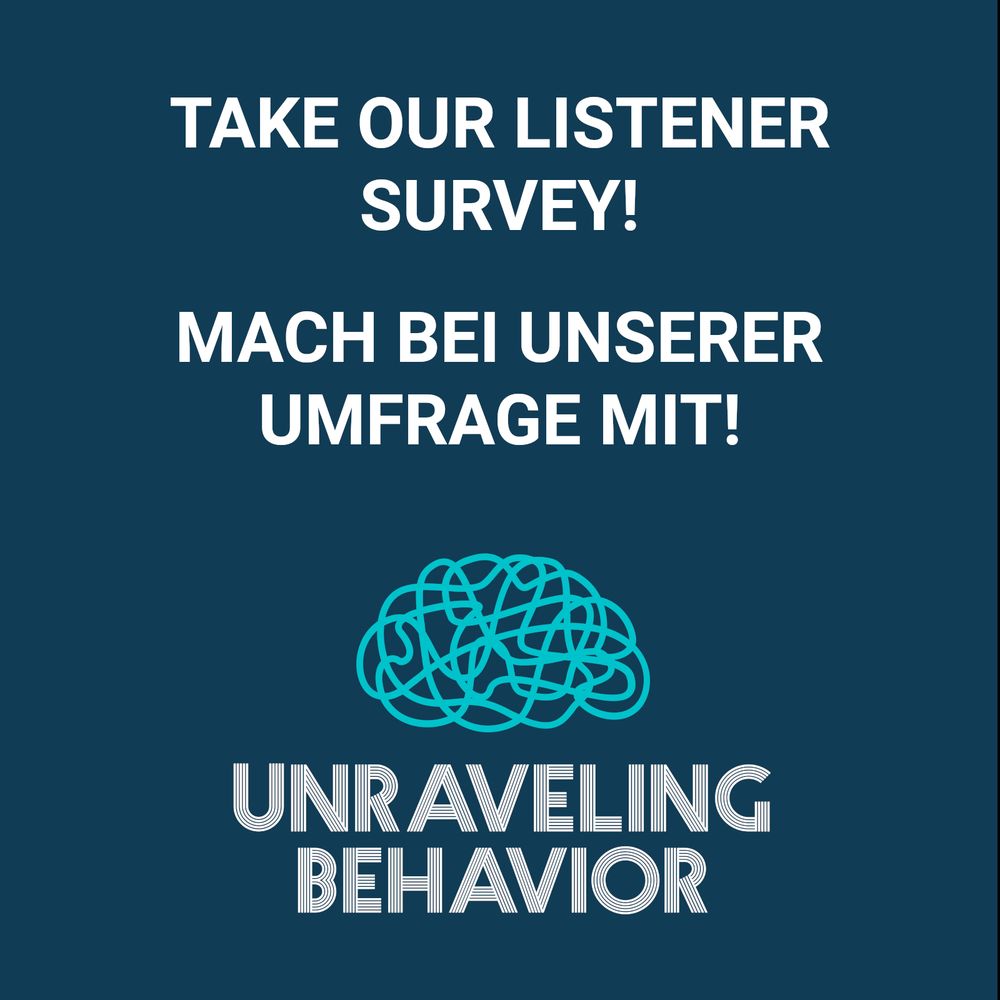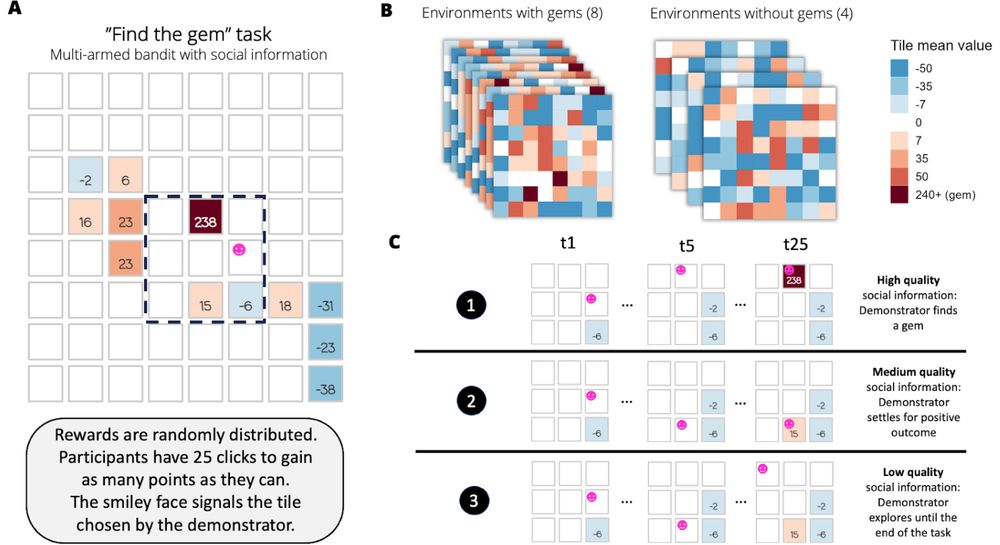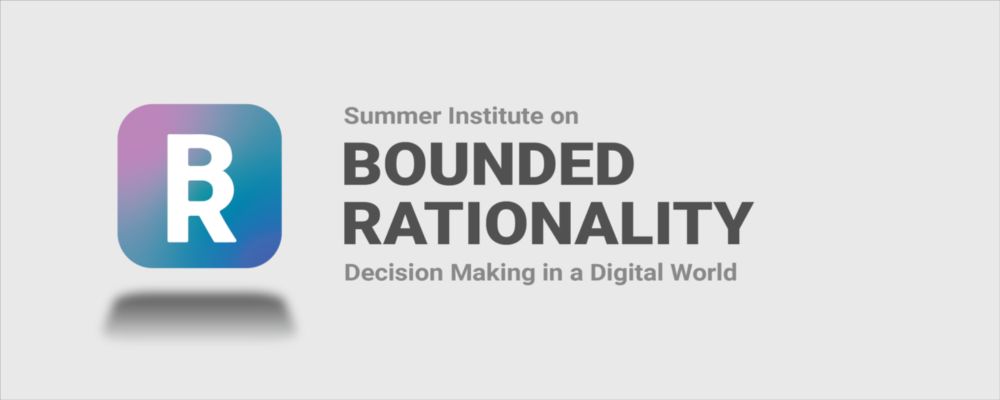Kiri Kuroda
@kirikuroda.bsky.social
61 followers
93 following
8 posts
Postdoc @arc-mpib.bsky.social, @mpib-berlin.bsky.social Interested in human social/group decision-making. Also working as a social media team at ARC. kirikuroda.com/en
Posts
Media
Videos
Starter Packs
Pinned
Reposted by Kiri Kuroda
Reposted by Kiri Kuroda
Reposted by Kiri Kuroda
Samuel Aeschbach
@aeschbach.bsky.social
· Aug 12

Measuring individual semantic networks: A simulation study
Accurately capturing individual differences in semantic networks is fundamental to advancing our mechanistic understanding of semantic memory. Past empirical attempts to construct individual-level sem...
doi.org
Reposted by Kiri Kuroda
Ezequiel Lopez-Lopez
@eloplop.bsky.social
· Jul 28
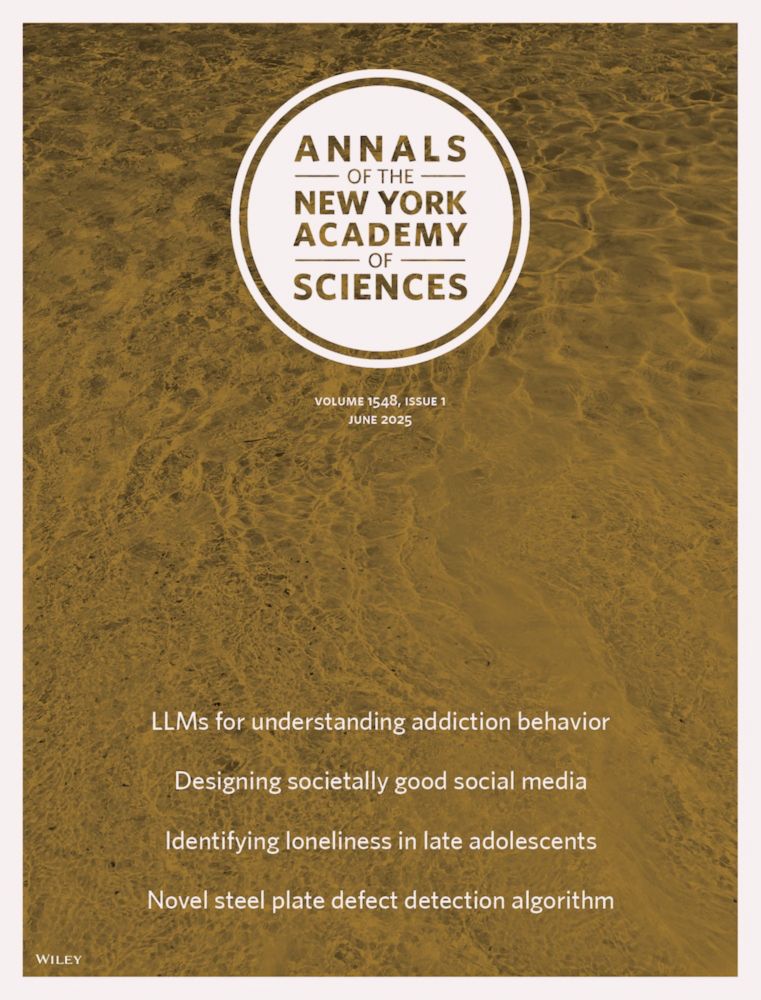
NYAS Publications
Generative artificial intelligence (GenAI) applications, such as ChatGPT, are transforming how individuals access health information, offering conversational and highly personalized interactions. Whi...
nyaspubs.onlinelibrary.wiley.com
Kiri Kuroda
@kirikuroda.bsky.social
· Jul 16
Kiri Kuroda
@kirikuroda.bsky.social
· Jul 16

Individual differences in speed–accuracy trade-off influence social decision-making in dyads | Proceedings of the Royal Society B: Biological Sciences
Speed–accuracy trade-offs are a fundamental aspect of decision-making, requiring individuals
to balance collecting more information against making faster decisions. Although speed–accuracy
trade-offs ...
doi.org
Kiri Kuroda
@kirikuroda.bsky.social
· Jul 16
Reposted by Kiri Kuroda
Reposted by Kiri Kuroda
Reposted by Kiri Kuroda
Reposted by Kiri Kuroda
Reposted by Kiri Kuroda
Reposted by Kiri Kuroda
Reposted by Kiri Kuroda
Reposted by Kiri Kuroda

